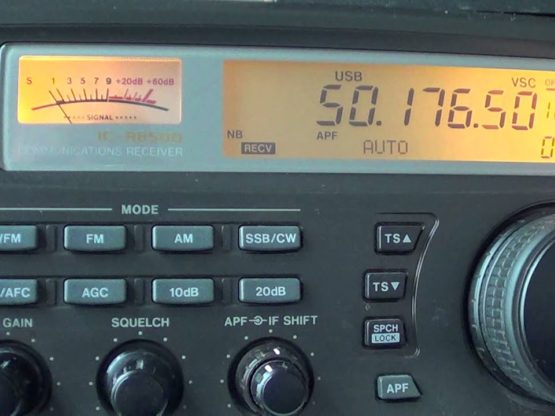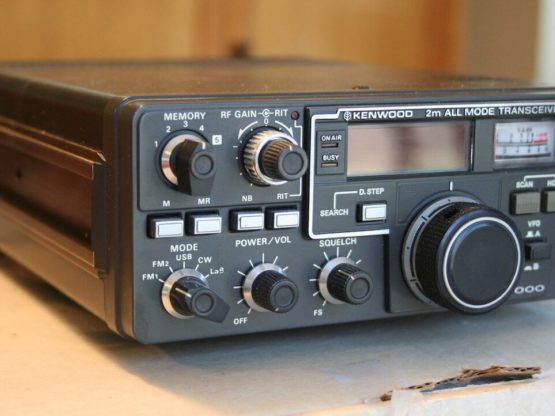Amateur radio, also known as ham radio, is the use of radio frequency spectrum for purposes of non-commercial exchange of messages, wireless experimentation, self-training, private recreation, radiosport, contesting, and emergency communication. The term “amateur” is used to specify “a duly authorised person interested in radioelectric practice with a purely personal aim and without pecuniary interest;”[1] (either direct monetary or other similar reward) and to differentiate it from commercial broadcasting, public safety (such as police and fire), or professional two-way radio services (such as maritime, aviation, taxis, etc.).
6 Meters
10 Meters
The six-meter band is a portion of the radio spectrum around 50 MHz allocated to Amateur Radio. If you like a challenge, this band is it! If you want reliable, easy, worldwide Amateur Radio communication, stick to 20 or 40 meters. However, if you enjoy a challenging band that changes from moment to moment, six meters is just for you! Obviously you have an interest if you’ve bothered to start reading, so read on to the end and see what you think and how you feel, as I’ve prepared this to help both new and old operators alike get started. This is by no means the definitive article on six-meter operation, but it should give you and idea of what the band has to offer and help you to get started.
The 10-meter band is a portion of the shortwave radio spectrum internationally allocated to amateur radio and amateur satellite use on a primary basis. … The band consists of frequencies stretching from 28.000 to 29.700 MHz.

